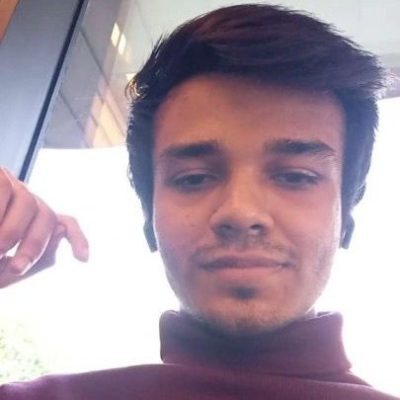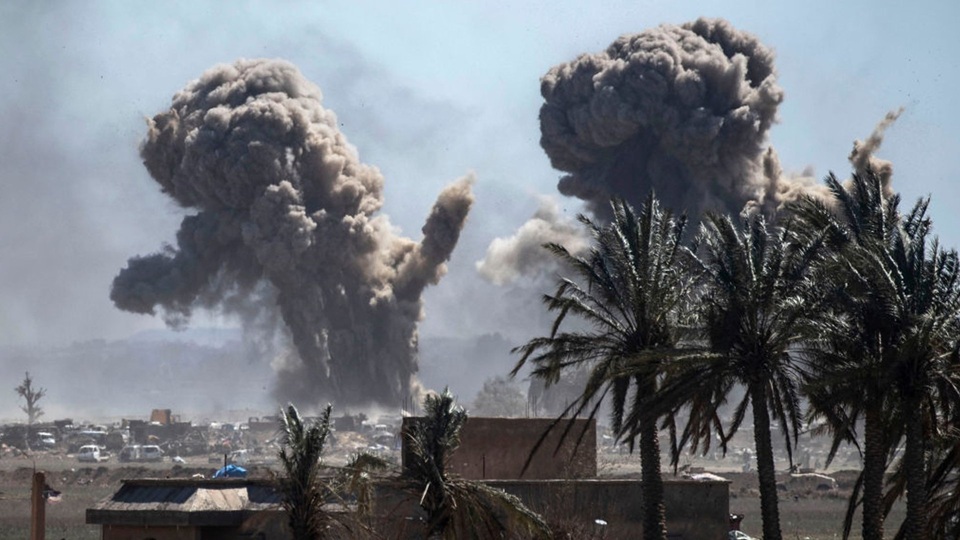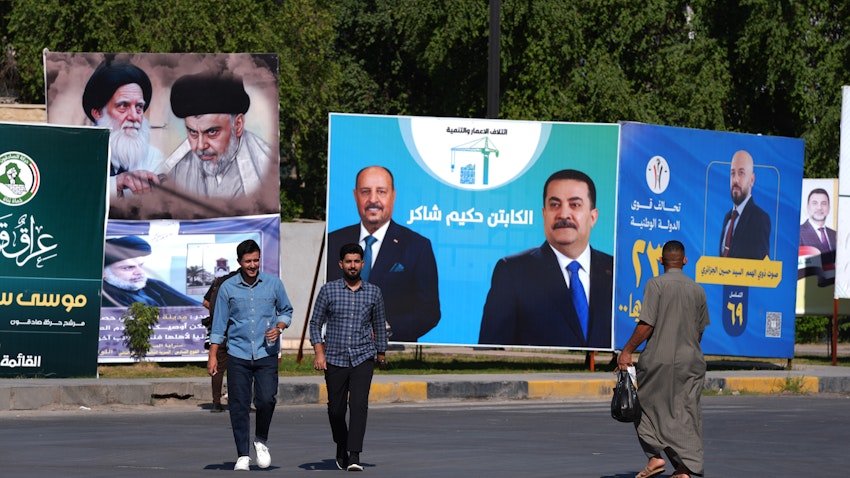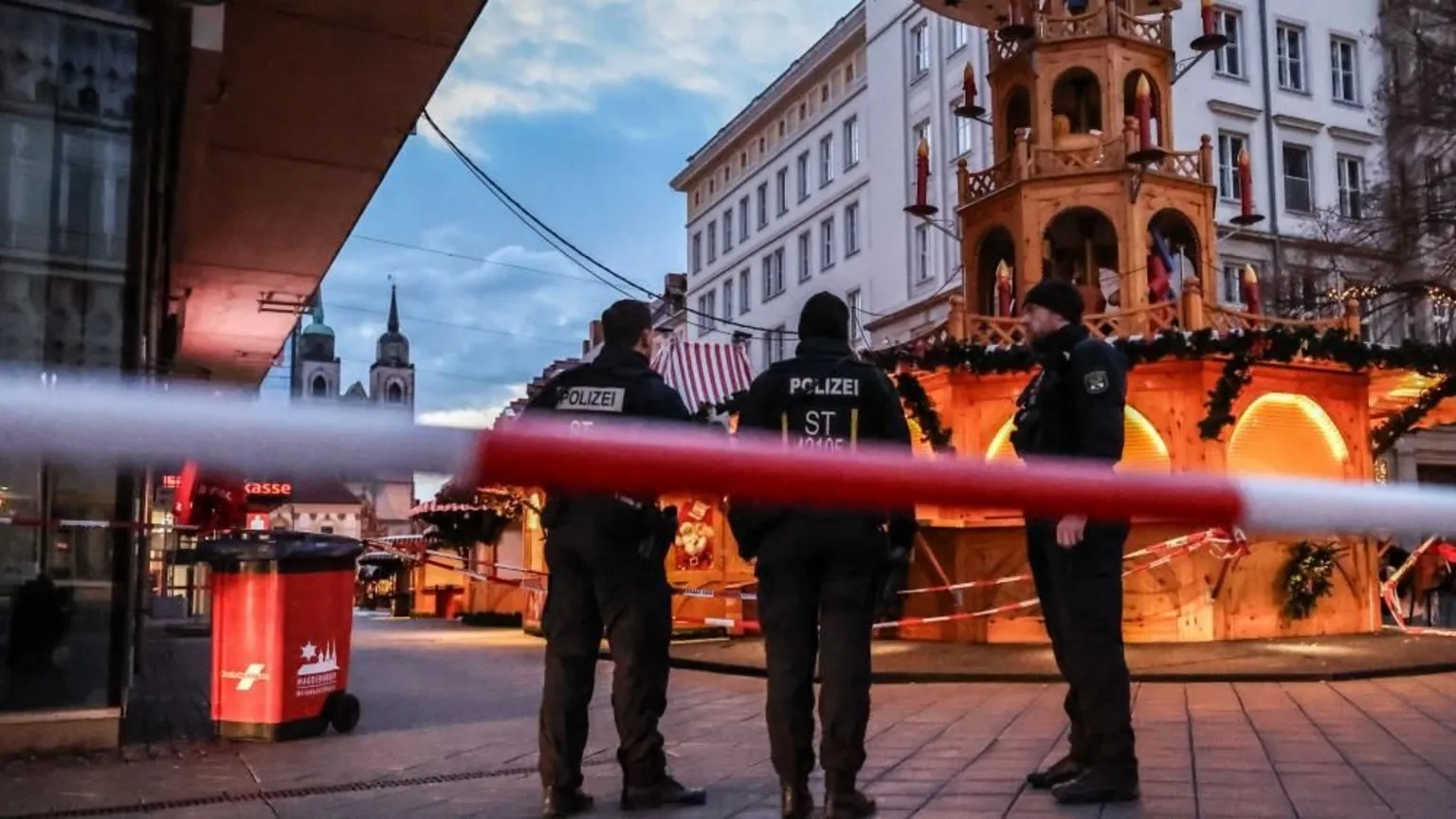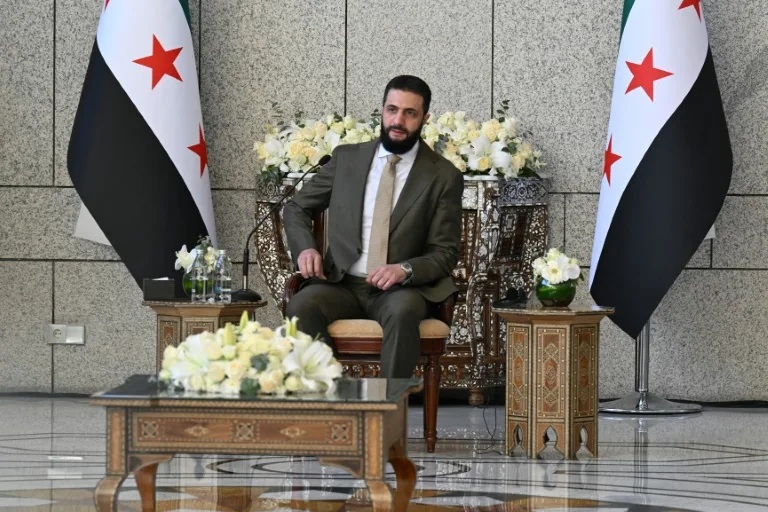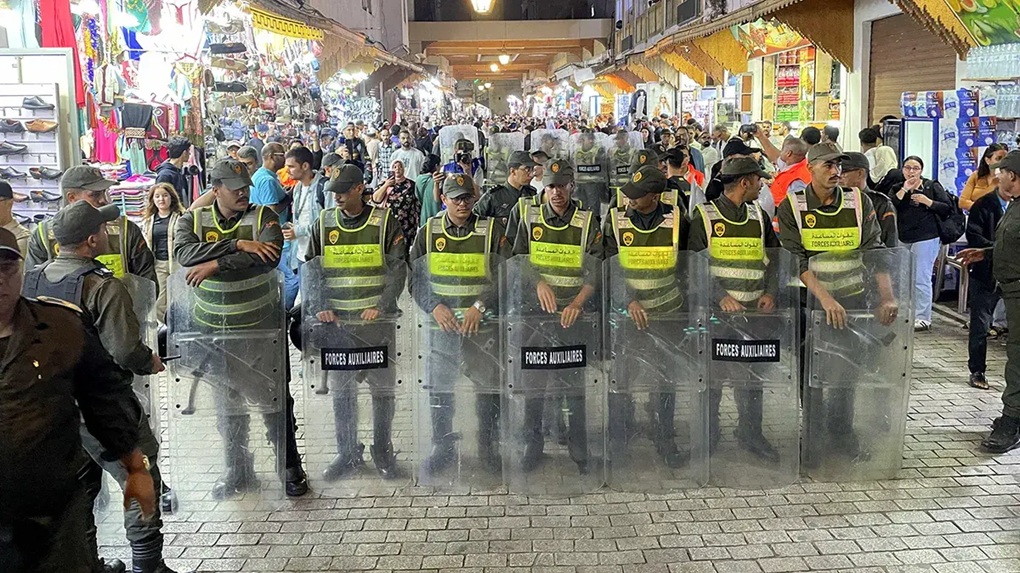
The wave of anti-government protests that began over the weekend in Morocco has been largely overlooked in the global media. The protesters, launched by a new youth movement (GenZ 212), are demanding basic things like decent healthcare and educational reforms. It’s the most significant demonstration since the Arab Spring in 2011. The demands are simple: better public services and an end to chronic corruption. The protests that turned violent overnight are likely to escalate further.
By Ahsan Ali
There are many similarities between the protests that broke out in 2011. Angry youth, frustrated by a lack of state reforms, structural human rights violations, political corruption, economic decline, unemployment, extreme poverty, and several demographic structural factors, such as a large percentage of educated but dissatisfied youth within the entire population.
It appears that the authorities in Rabat are making the same mistake again by deploying over 200 protesters in less than four days in a desperate attempt to contain the situation. The issue is deeper than detaining the youth; it is also about being outraged and demanding better resources for the public sector, as well as the misplaced priorities of the state.
Earlier this year, eight pregnant women died at a public hospital in Agadir due to underfunding and underinvestment, which caused anger among the public. Demonstrators criticised the government's multi-billion-dollar investment in the Africa Cup of Nations next year and co-hosting the FIFA World Cup 2030.
According to the World Health Organisation, there are eight doctors for every 10,000 people, far below the recommended 25 doctors per 10,000 people. Instead of addressing and reforming the healthcare and education sectors, the government has neglected and prioritised other state developments.
The government must address the chronic issues faced by Moroccan citizens, so the confidence in the constitutional monarch remains stable. Otherwise, the fallout wind can occur as simultaneous actions have recently occurred in Nepal, unravelled in Serbia, and in the island nation of Madagascar.
The state must eschew police brutality as it can backfire and provoke more protests beyond 11 cities and escalate the situation against the monarch and the power establishment. Any incorrect measure can have profound ramifications within Morocco and throughout the region.
Morocco is a Constitutional Monarchy under King Mohammed VI, with democratic elements in parliament; however, ultimate authority rests with the King, who shares executive and legislative authority. If the monarch and the parliament in power do not address and resolve the core issues, the implications can be far-reaching.
The implications can arise in the face of citizens' basic demands for healthcare and education, leading to a shift against the state and a demand for greater power for parliament and increased transparency. Where the protests are leaderless under GenZ 212 Facebook account, it can resonate with the rise of new youth leader faces in the parliament via fresh elections in Morocco.
As the king holds a mixed public perception, with the symbolic unity and stability, the removal of the king and his family would be unlikely. The reforms can begin with granting more autonomy powers to the parliament, increasing transparency, and incorporating public opinion into subsequent budgets to ensure they are pro-welfare.
A perceived stability may send ripples, and the protests may send tremors across the Maghreb, encouraging citizens of neighbouring countries to rise and demand similar reforms. The ruling elites in the Maghreb and Sahel will closely observe the developments in Rabat.
Where the Moroccan state helms public pressure, persistent unrest can rejuvenate demands for education, healthcare, and anti-corruption measures, forcing the redefinition and reevaluation of state-society relations.
